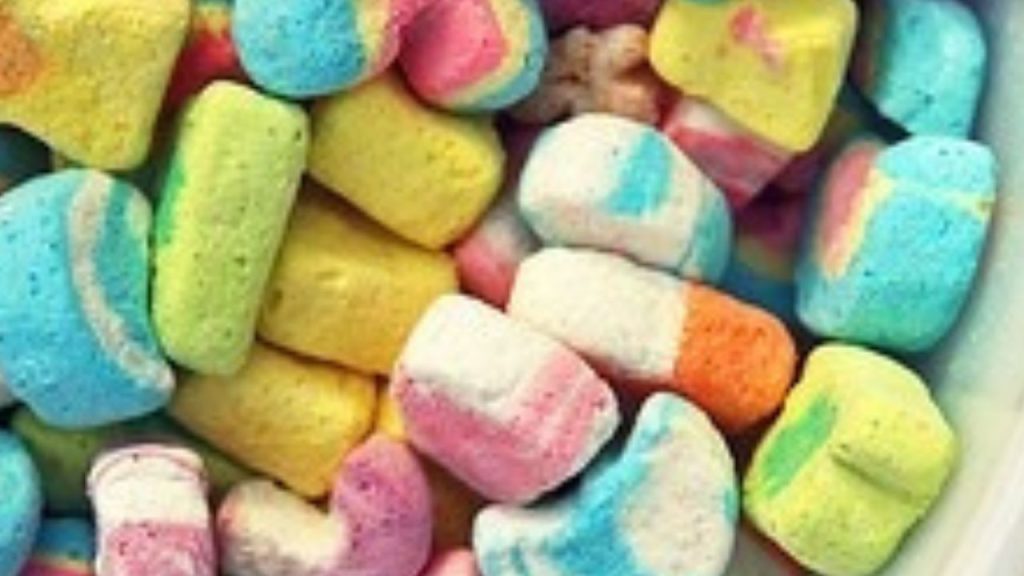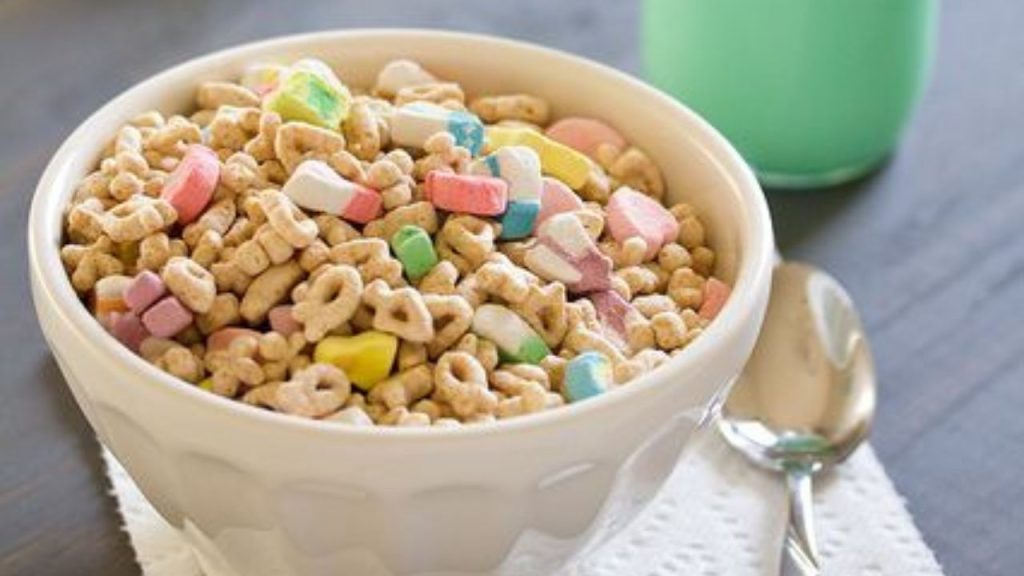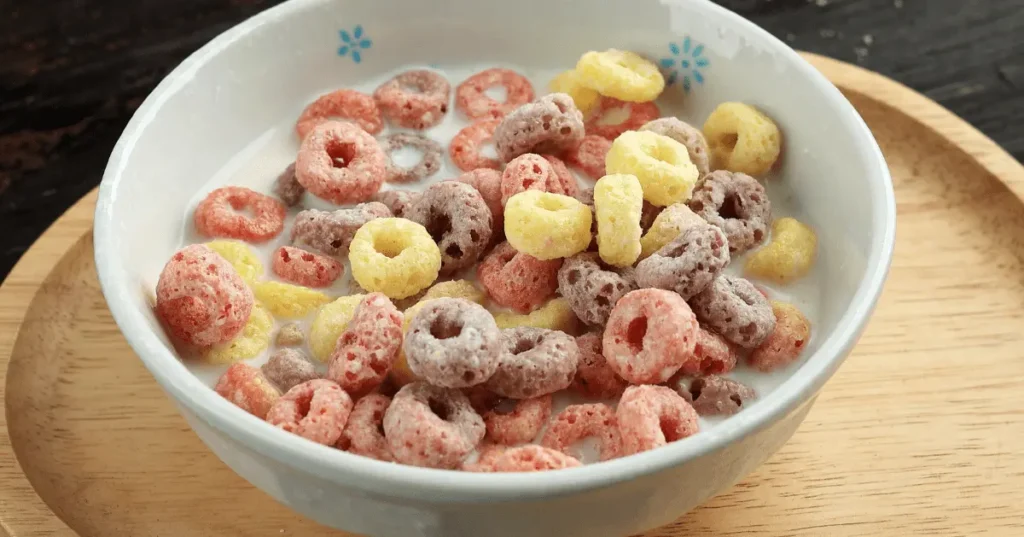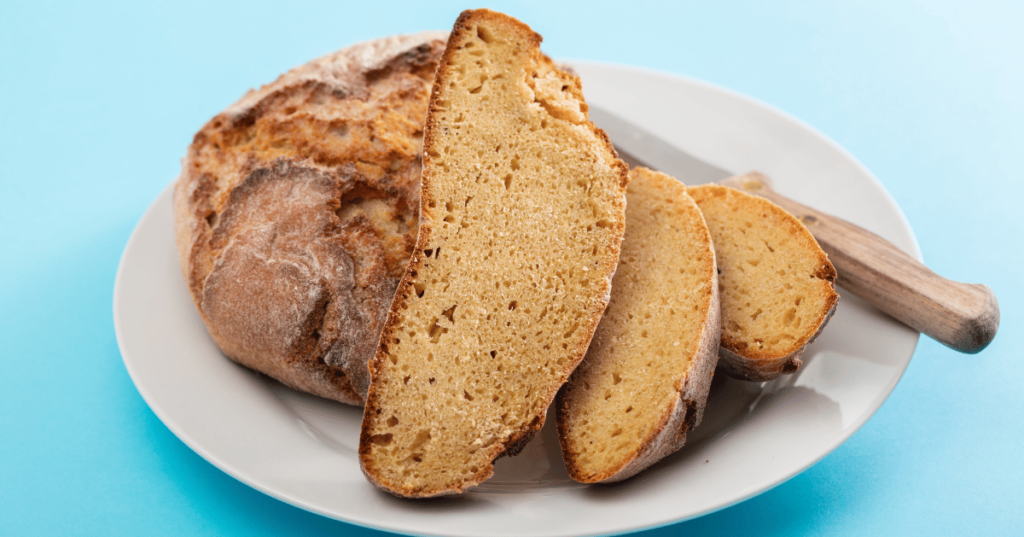This a journey of discovery through the captivating world of does lucky charms have gelatin. You’re standing in the cereal aisle, eyes scanning the vibrant boxes, and your hand hesitates as you reach for that familiar box of magically delicious treats. But hold on just a moment – have you ever wondered about the gelatin in your beloved Lucky Charms?
We’ll unpack the intriguing world of gelatin. This often-overlooked component, derived from animal collagen, finds its way into a surprising array of products. Its remarkable ability to give foods sought-after texture and structure is the answer. From gummy candies to certain yogurts, it plays the role of a culinary chameleon, seamlessly transforming liquid concoctions into wobbly wonders.
What Is Lucky Charms?

Lucky Charms, a hallmark of many childhood breakfast tables, is a famous cereal brand from General Mills Food Company. This sweet and crunchy cereal was first launched in 1964 and has consistently been favored for its unique blend of oat pieces and colorful marshmallows. Renowned as “magically delicious,” it has always fared well in the competitive cereal market.
But another aspect of this may have escaped some consumers’ notice. It is a fact that it contains an ingredient that may not align with specific dietary preferences or restrictions. The gelatin used in these charming marshmallows is derived from pork. Therefore, this seemingly innocuous cereal may not suit individuals following vegetarian, vegan, or specific religious diets.
Does Lucky Charms Have Gelatin?
Yes, Lucky Charms does contain gelatin. The marshmallow pieces, often called “marbits,” include gelatin derived from pork. It is used as a gelling agent, giving these marshmallows their classic spongy texture. The use of pork-derived gelatin makes it unsuitable for individuals who follow a vegetarian or vegan diet and those with specific religious dietary restrictions.
Main Ingredients of Lucky Charms Cereal

- Whole Grain Oats: The primary ingredient in this product is whole grain oats, which form the base of the cereal.
- Marshmallows: The most distinctive feature of it is its colorful marshmallow shapes. These marshmallows come in various shapes and colors and are crucial to the cereal’s appeal.
- Sugar: Lucky Charms cereal contains sugar to provide sweetness to the overall taste.
- Corn Starch: Corn starch is often used to coat the marshmallows, helping to prevent them from sticking together.
- Corn Syrup: Corn syrup is used as a sweetener and binder in the marshmallows.
Gelatin is an ingredient found in many marshmallow recipes and helps give them their characteristic texture. - Natural and Artificial Flavors: These are added to give the cereal a distinct taste.
- Vitamins and Minerals: It is often fortified with vitamins and minerals, including vitamins like C and B12 and minerals like calcium and iron.
you can also read about are froot loops vegetarian?
What Is Gelatin?

Gelatin is a clear and tasteless substance from collagen in animal bones and tissues. It’s commonly used in cooking to thicken and stabilize foods like Jello, puddings, and gummies. It’s made by extracting collagen from animals, processing it, and then drying it into sheets, granules, or powder that can form a gel when mixed with water and cooled.
It also finds use in pharmaceuticals, cosmetics, and photography. However, it’s unsuitable for vegetarians or vegans due to its animal origin. As a result, plant-based alternatives have gained popularity in recent years.
Why Gelatin Is the Secret Ingredient
Gelatin is like a secret helper in cooking. It comes from animal parts and can turn liquids into jelly-like stuff. It helps make things smooth and creamy in desserts, and also keeps sauces mixed up. It can hold meats together, thicken jams, and make shiny glazes for fruits. Gelatin is like a magician ingredient that makes food look and taste better.
Pros and Cons of Gelatin
It is a protein derived from animal collagen, often used in cooking and various products due to its gelling properties. Here are some pros and cons to discuss:
Pros
- Gelling Agent: Gelatin is widely used as a gelling agent in food preparation, helping to structure a variety of dishes such as desserts, jellies, custards, and more.
- Versatility: It can be used to create a wide range of dishes, from sweet to savory, and can be incorporated into cold and hot preparations.
- Digestibility: It is relatively easy to digest, so it’s sometimes used in products meant to support digestion or ease digestive discomfort.
- Collagen Source: It is derived from animal collagen, which contains amino acids beneficial for skin, hair, and joint health. Some people believe consuming it can improve skin elasticity and joint function.
- Low in Calories: It is low in calories and fat, making it a valuable ingredient for creating lower-calorie desserts and treats.
Cons
- Animal-Derived: Gelatin is derived from animal sources, often the connective tissues, skin, and bones of cows, pigs, or other animals. This makes it unsuitable for vegetarians and vegans and might raise ethical concerns for some consumers.
- Limited Amino Acids: While it does contain some amino acids beneficial for health, it is not a complete protein source, as it needs certain essential amino acids. It should not be relied upon as a primary protein source.
- Allergies and Sensitivities: Some individuals might be allergic or have sensitivities to it. Additionally, certain religious dietary restrictions might prohibit the consumption.
- Gelatinization Process: Converting collagen into gelatin often involves high heat and prolonged cooking. This can lead to a loss of some nutrients and may not be suitable for recipes with minimal processing.
- Limited Vegan Alternatives: Plant-based gelling agents (agar-agar and carrageenan) might have different properties but require other preparation techniques.
Conclusion
As you navigate the enchanting world of Lucky Charms cereal, it’s essential to recognize that these whimsical marshmallow-adorned treats contain gelatin derived from pork. While it is sourced from animal collagen and serves to give these marshmallows their delightful texture, it can pose dietary challenges for vegetarians, vegans, and individuals with specific religious restrictions. Though versatile in its culinary applications, it has pros, such as being an effective gelling agent and aiding digestion.
And along with cons, including its animal origin and potential allergenicity. As you enjoy the magic of Lucky Charms, it’s worth considering the role of gelatin and its impact on dietary choices and preferences.




